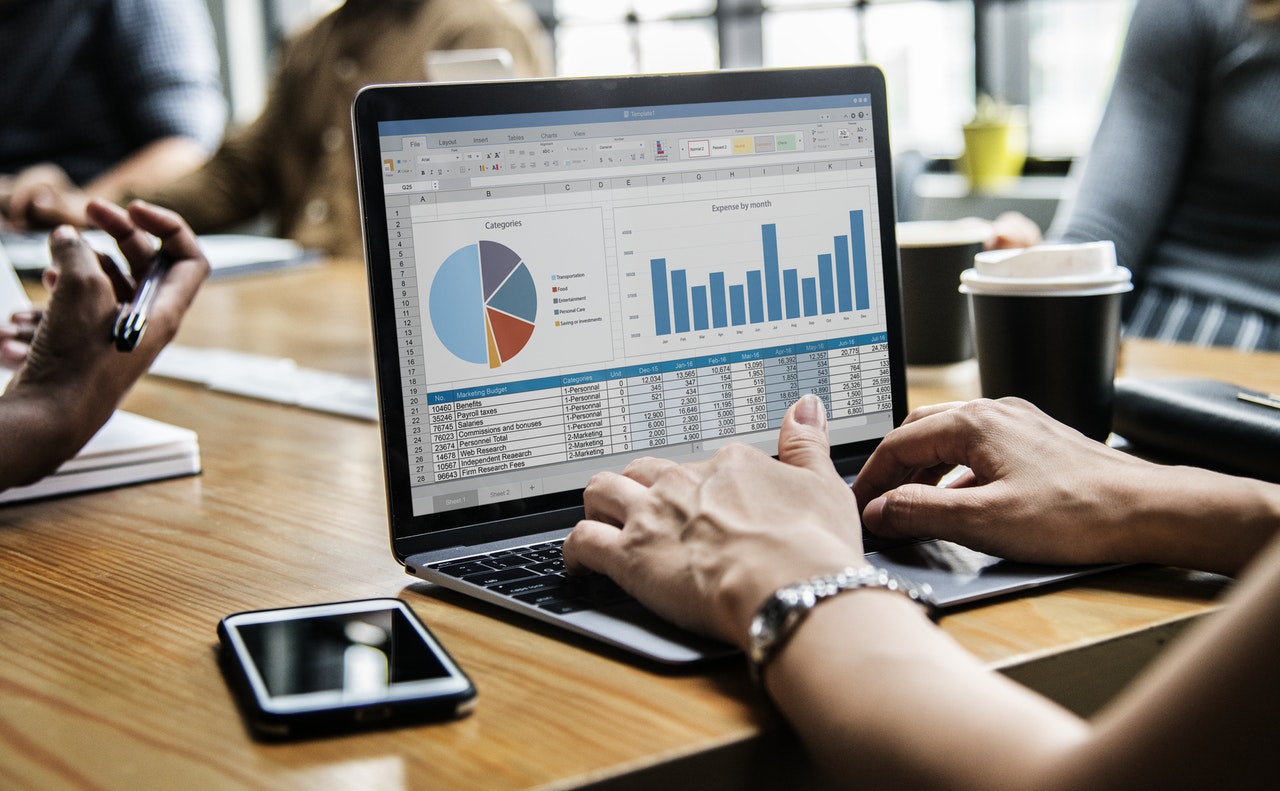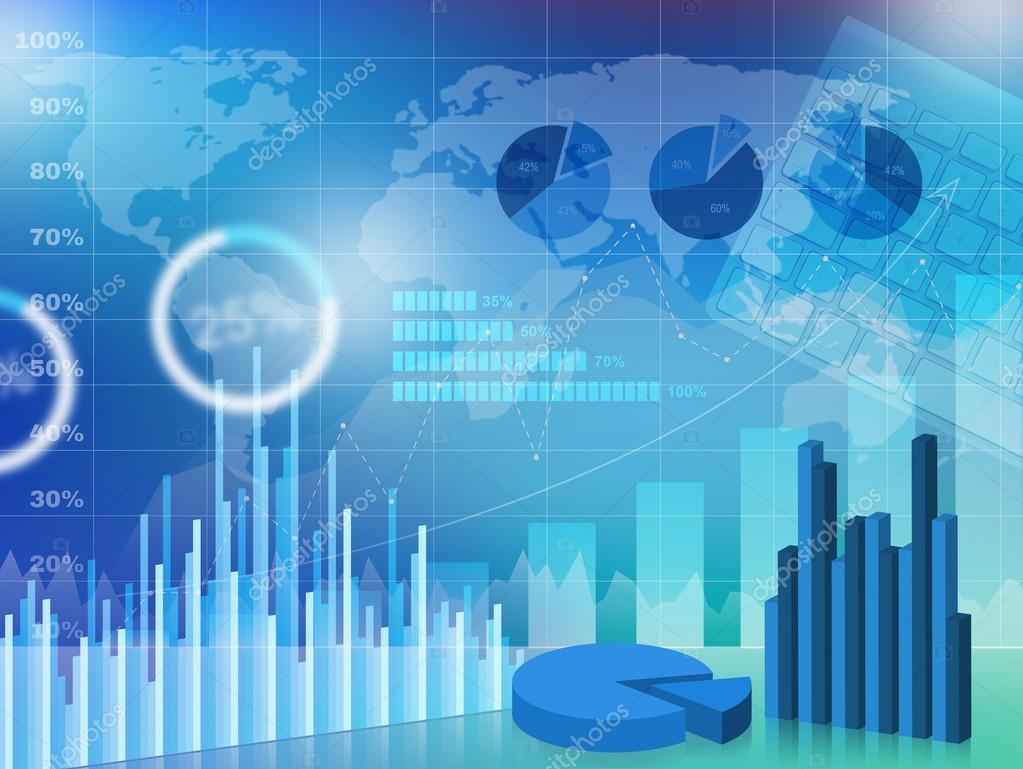In today’s fast-paced business world, data is everything. From sales figures and customer demographics to supply chain management and financial forecasting, businesses rely on data to make informed decisions and drive growth. However, with so much data available, it can be difficult to make sense of it all. This is where charts and graphs come in.

Charts and graphs are essential tools for visualizing and communicating data in a way that is easy to understand and analyze. They provide a clear and concise representation of complex data, allowing businesses to quickly identify trends, patterns, and outliers. In this article, we will explore why charts and graphs are essential for your business data.
Page Contents
Improved Data Analysis
Charts and graphs are effective at simplifying complex data sets, making it easier to analyze. By presenting data visually, businesses can quickly identify trends, patterns, and outliers that may not be immediately obvious from a spreadsheet or database. This helps businesses make informed decisions based on data, rather than relying on intuition or guesswork.
 Allows for Easy Comparison
Allows for Easy Comparison
Creating charts and graphs, with the help of a graph maker, allows for easy comparison of data and information. By presenting data in a visual format, it is easier to identify trends and patterns that may not be immediately apparent when looking at raw data. For example, a line graph can be used to show how sales have changed over time, making it easier to identify any seasonal trends or patterns. By comparing data from different periods, it is possible to identify areas of growth and improvement, as well as areas that may require further attention. Better Collaboration

Charts and graphs can facilitate better collaboration by providing a shared understanding of data. By presenting data visually, teams can quickly identify trends and patterns, and work together to develop data-driven solutions. This can help businesses foster a culture of collaboration and teamwork, leading to improved outcomes and increased success.
Increased Data Understanding
Visualized data can help businesses understand their data better. For example, a line graph can show how a particular metric has changed over time, while a pie chart can show the distribution of data across categories. By presenting data visually, businesses can gain a better understanding of what the data means and how it relates to their business objectives.
Provides a Visual Aid for Communication and Presentation
Graphs and charts can be used to visually convey complex data and information to both internal and external stakeholders. In business settings, it is often necessary to present data and information in a way that is easily digestible and understandable for everyone involved. A well-designed chart or graph can help to simplify data and make it more accessible to a wider audience. This can be especially helpful in situations where time is limited or when there are language barriers or other communication challenges.
Better Decision-Making
Charts and graphs can help businesses make better decisions by providing a clear and concise representation of data. By identifying trends and patterns, businesses can make informed decisions about product development, marketing strategies, and operational processes. This can help businesses stay ahead of the competition and drive growth.
Increased Engagement
Visualized data can increase engagement with data by making it more interesting and accessible. People are more likely to engage with data when it is presented in a visually appealing and easy-to-understand format. This can help businesses encourage data-driven decision-making and foster a culture of data literacy and analysis.
Better Reporting
Graphs and charts can help businesses create better reports by presenting data in a way that is easy to understand and analyze. This is especially important when reporting to stakeholders or investors, who may not have the same level of data literacy as internal teams. By using charts and graphs to present data, businesses can ensure that their reports are clear, concise, and effective.
Improved Data Visualization
Charts and graphs can help businesses create better data visualizations by presenting data in a way that is both visually appealing and informative. By using different types of charts and graphs, businesses can create custom visualizations that are tailored to their specific needs and objectives. This can help businesses identify new insights and opportunities that may not be immediately obvious from the data alone.
Helps to Identify Areas for Improvement
By visually representing data, charts and graphs can help to identify areas where a business may need to improve. For example, a bar graph may be used to compare the performance of different departments within a company, highlighting areas where certain departments are underperforming. By identifying areas where improvements can be made, a business can take proactive steps to address these issues and improve overall performance.
Increased Efficiency
Charts and graphs can help businesses save time by presenting data in a way that is easy to understand and analyze. This can help businesses make informed decisions more quickly and efficiently, leading to improved productivity and profitability.
Conclusion
Charts and graphs are essential tools for any business that wants to effectively analyze and present data. By presenting data visually, charts and graphs can simplify complex information, allow for easy comparison, and help to identify areas for improvement.
There are many different types of charts and graphs that businesses can use, depending on their specific needs and the type of data they are working with. Whether you are a small business owner or a large corporation, incorporating charts and graphs into your data analysis and presentation can help to improve decision-making, streamline processes, and drive business growth.
